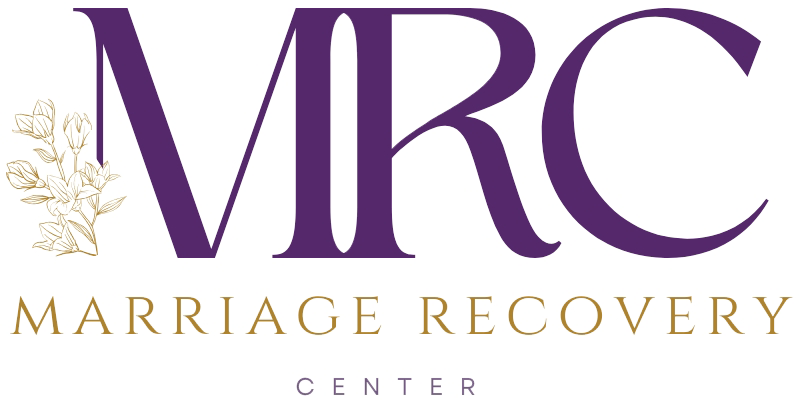What is the difference between overt and covert abuse? Why do covert abusers often fly under the radar? Sharmen Kimbrough explores these questions and much more.
What is the Difference Between Overt and Covert Abuse?
In relationships, abuse can manifest in various forms, including emotional abuse. Emotional abuse is characterized by an ongoing pattern of destructive and controlling behaviors aimed at gaining and maintaining control over another person. While emotional abuse can take on overt or covert forms, it is important to understand the differences between the two. In this article, we will explore the disparities between overt and covert abuse, shedding light on their distinct characteristics and effects.
Defining Emotional Abuse
Before delving into the differences between overt and covert abuse, it is essential to establish a working definition of emotional abuse. At the Marriage Recovery Center, emotional abuse is defined as a continuous pattern of destructive controlling behaviors that seek to exert control over another individual for personal gain, often at the expense of the victim. Emotional abuse strips away the victim’s freedom to express themselves and make decisions, ultimately leading to their detriment and silencing.
Differentiating Bad Behavior and Abuse
One common question that arises is when does bad behavior cross the line into abuse? Bad behavior, in itself, does not necessarily involve exerting control over others. Typically, the person who engages in bad behavior primarily harms themselves, with minimal impact on others. Although bad behavior may still be self-serving, egocentric, dangerous, or destructive, it lacks the degree of control characteristic of abusive behavior. Abuse, on the other hand, involves an ongoing pattern of exerting power over another person, ultimately robbing them of their autonomy and ability to think and act independently.
The Nature of Overt Abuse
Overt abuse refers to obvious behaviors that are easy to identify. These behaviors are explicit and leave little room for interpretation. Examples of overt abuse include yelling, name-calling, slamming doors, stomping feet, and openly displaying disapproval or disgust. Overt abuse can also encompass non-verbal signals that indicate a threatening, controlling, or ugly demeanor. Such behaviors are typically directed at another person, aiming to assert dominance and control.
Understanding Covert Abuse
Unlike overt abuse, covert abuse operates in a more concealed manner. It often presents an outward appearance that may seem non-threatening, loving, or caring. However, beneath the surface, covert abuse is controlling, dogmatic, and leaves no room for the autonomy of others. Covert abuse is often characterized by what is withheld rather than what is overtly dished out. It includes neglect, abandonment, lack of affection, lack of empathy, withholding connection, silent treatment, stonewalling, and disregarding another person’s perspective or feelings. Covert abuse involves underhanded and deceitful behaviors that the abuser employs to manipulate others without considering their input or needs.
Signs of Covert Abuse
Covert abuse takes on subtle forms, accumulating over time and resulting in what is often described as a “death by a thousand paper cuts.” It is not defined by one significant offense but by a series of small offenses that erode the victim’s sense of self. The victim often lives in a constant state of confusion and anxiety, unable to trust their own experiences, perspectives, or choices. Covert abuse gradually strips away their ability to cope with the dissonance between the abuser’s words and actions, creating chaos in their own mind.
Seeking Help and Healing
If you find yourself experiencing symptoms of dissonance and chaos in your marriage or relationship, such as confusion, anxiety, and a loss of self-trust, it may be an indication of emotional abuse. Seeking professional help from individuals and centers specializing in healing emotional abuse is crucial. The Marriage Recovery Center, for instance, provides support and guidance to individuals and couples on their journey to healing from emotional abuse.
Conclusion
Understanding the distinction between overt and covert abuse is essential in recognizing and addressing emotional abuse in relationships. Overt abuse involves obvious and explicit behaviors, while covert abuse operates in a more concealed and manipulative manner. Both forms of abuse erode the victim’s sense of self, leading to confusion, anxiety, and a loss of autonomy. Recognizing the signs of abuse and seeking professional help are crucial steps towards healing and establishing healthy relationships built on trust, respect, and freedom.
To learn how we can help, reach out to us at (206) 219-0145 or info@marriagerecoverycenter.com to speak with a Client Care Specialist
Also read: How to Overcome Narcissism and Emotional Abuse
About Dr. Hawkins:
The internet is inundated with hyperbole and misinformation about narcissism, leaving many people confused and hopeless. Get the facts on narcissism and emotional abuse from someone who has been researching, writing about and treating narcissism and emotional abuse for over a decade.
Dr. Hawkins is a best-selling author and clinical psychologist with over three decades of experience helping people break unhealthy patterns and build healthier relationships.
He is the founder and director of the Marriage Recovery Center and the Emotional Abuse Institute which offers education, training and counseling for people who want to break free of, and heal from, emotional abuse. Whether the perpetrator of the abuse is your spouse, partner, parent, boss, friend or family member, we offer practical advice for anyone trapped in a toxic, destructive relationship.
In addition to narcissism & emotional abuse, you’ll learn about the lesser known forms of abuse, including covert abuse, reactive abuse, spiritual abuse, secondary abuse, relationship trauma and much more.







